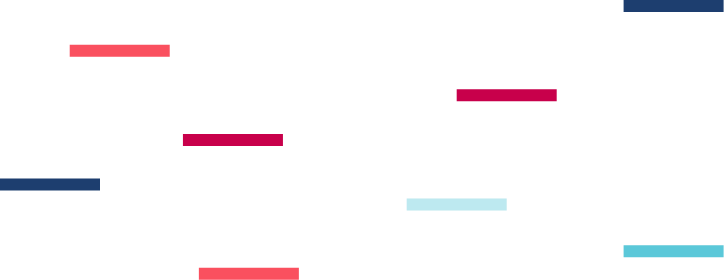Theft and fraud are on the rise and as a result, businesses are investing in the latest and greatest ways to reduce this unnecessary shrink. For many, camera-based fraud prevention like CCTV was the first step. And now, these retailers have incorporated visual AI into the mix.
Without data-driven customer analytics, visual AI falls short of its potential.
When used for loss prevention, visual AI is designed to review images and videos for potential criminal or fraudulent activity. This technology is popular because it provides retailers with an extra set of eyes across the customer journey. However, without data-driven customer analytics, visual AI falls short of its potential.
With 74% of retailers reporting that the risk of external theft has risen in the last five years, retailers must take note of the limitations of visual AI and consider how data-driven AI can provide 360-degree coverage from theft and fraud.
The limitations of visual AI for loss prevention
Visual AI has a few shortcomings when it comes to retail loss prevention. To start with, implementing and maintaining visual AI systems can be expensive. Additionally, these tools sometimes struggle to detect subtle or non-visual data. This limitation is significant because shoplifters and members of organized retail crime (ORC) rings are often sophisticated enough to avoid being detected by cameras. Visual AI also causes higher rates of false fraud alerts, which leads to unnecessary human intervention and disruptions within the customer journey.
Data analytics is key in driving loss prevention strategies.
Finally, visual AI often incorporates facial recognition, which raises concerns regarding privacy and potential racial bias. With these limitations in mind, it’s evident that visual AI has specific use cases where it’s a phenomenal addition to fraud prevention, but data-driven AI can take the investigations to the next level and pinpoint larger problems.
The power of data-driven AI in loss prevention
Data analytics is key in driving loss prevention strategies. Data-driven AI solutions identify patterns, anomalies, and trends associated with every interaction from both internal and external data sources including visual AI, fostering true 360-degree loss prevention coverage.
Many instances of fraud and theft will follow a pattern. For example, ORC is often centered around a single entity, like a loyalty card number, tied to several fraudulent orders. Data analysis can predict this problematic trend and alert retailers before the loss is too significant. When combined with visual AI, data can inform better decision-making within loss prevention.
Complementing visual AI with data-driven solutions
Data and analytics take any loss prevention strategy to the next level by automatically analyzing each perceived instance of fraud or theft with the background of overarching contextual information.
An AI solution considers contextual elements like past purchasing behavior, basket sizes, price points, order claims, loyalty points used, and much more. For example, imagine that a shopper who was previously caught on camera stealing a shirt returns to the store with the shirt and a fake receipt. If they approach the returns counter and use the same identifying loyalty number or credit card from a previous visit, data-driven AI tools can make the connection and immediately provide a recommendation. This recommendation could suggest that the cashier does not accept the return.
By incorporating advanced data analytics, retailers can improve operational efficiencies and profit margins while protecting themselves from theft and fraud.
With this advanced data analysis, AI-powered loss prevention tools can predict and prevent loss with more accuracy than visual AI alone.
Embracing data analytics for better loss prevention
By incorporating advanced data analytics, retailers can improve operational efficiencies and profit margins while protecting themselves from theft and fraud. In fact, a grocery chain recently reported that Secure helped them investigate losses totaling $130,000 and make 125 arrests related to loss and fraud. Similarly, a top 10 worldwide retailer saw a 15% reduction in fraud and a 200% return on investment in the first year of using Secure.
Overcoming visual AI limitations
Visual AI is not the holy grail of loss prevention. Camera-based security can be expensive and sometimes ineffective in situations where context is essential to the investigation. By itself, visual AI cannot catch all instances of theft and fraud, but when combined with data-driven AI, retailers can rest assured that their profits are protected. With Secure, retailers can do more with less using data analytics.





